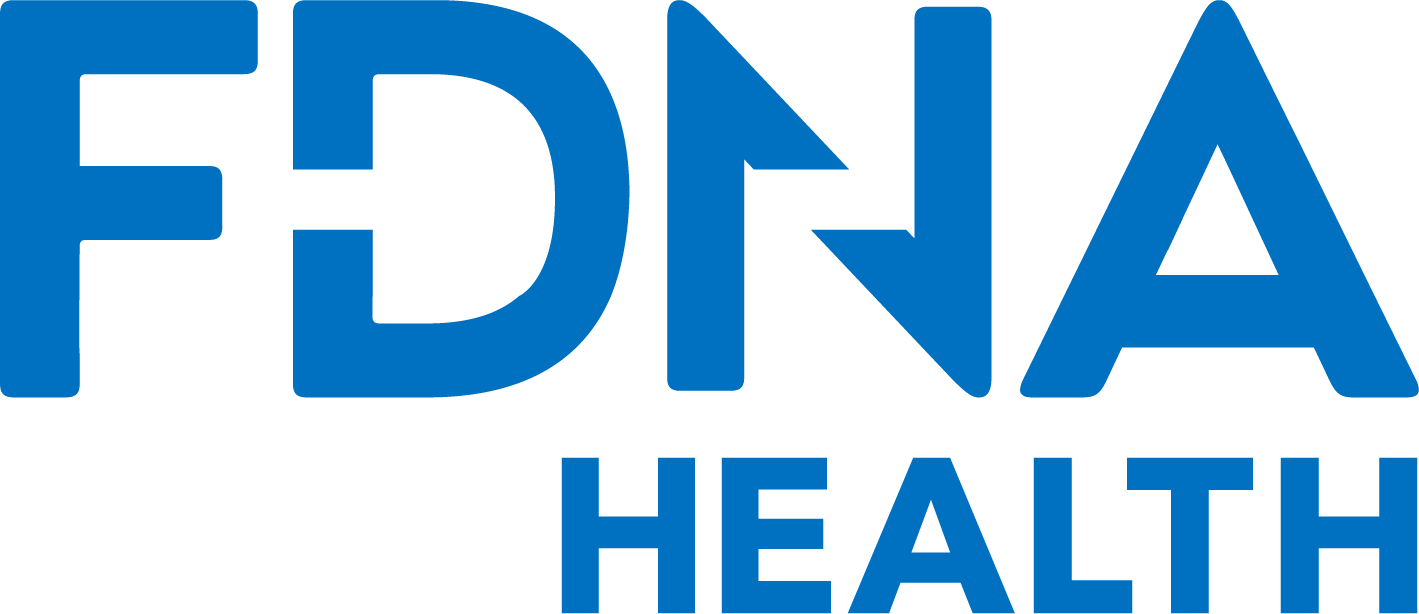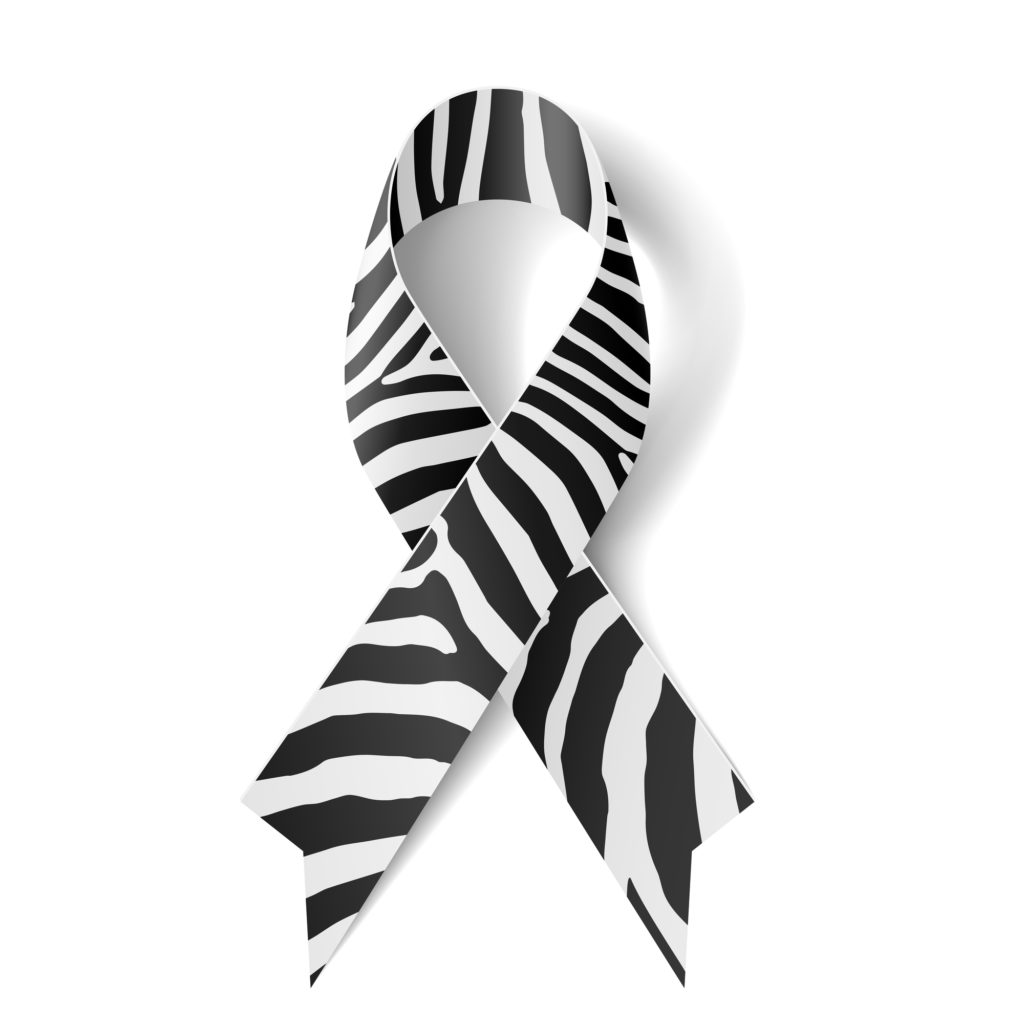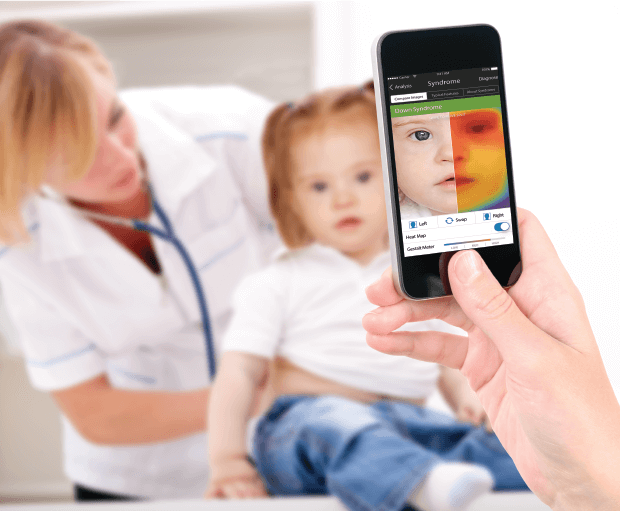Extremely Rare Diseases
There are an estimated 7,000 rare diseases currently identified.
Many of these are unknown to most people, and even medical professionals would struggle to identify and diagnose many of them.
To be a rare disease, a disease must have been diagnosed in less than 1 in every 200,000 people in the US. However, this definition varies from country to country. In the EU, for example, a rare disease is one with less than 1 in every 2,000 people across Europe.
It is estimated that 8 out of 10 rare diseases have a genetic cause, with 99% of these genetic diseases being defined as rare. Genetic diseases lead the pack when it comes to talking about these uncommon diseases and even more so when it comes to talking about extremely rare diseases.
The key to furthering our understanding of rare diseases is sharing information and resources to better support an accurate diagnosis of the conditions and ensure patients and their families receive the support they need to manage the disease effectively.
With this in mind, we share below our guide to some of the rarest diseases currently identified:
Hutchinson-Gilford Progeria
This is a very rare genetic syndrome that triggers accelerated aging in affected individuals. Mutations in 3 specific genes are known to cause the syndrome. The disease is fatal, and life expectancy is no more than 14 years.
This genetic syndrome currently occurs in less than 1 in 500,000 live births. Its exact genetic cause is unknown, but symptoms of this rare disease include congenital facial palsy and abnormal ocular or eye movements.
Schinzel-Giedion Midface Retraction syndrome
This neurodegenerative syndrome has a low life expectancy for individuals affected, and very few affected survive childhood. The most common cause of death is respiratory problems.
Pallister-Killian syndrome
With just 150 cases reported worldwide, this genetic condition is caused by the presence of an additional chromosome on the small arm of chromosome 12. One of the most serious syndromes associated with the syndrome is extremely low muscle tone, as this can cause breathing and feeding difficulties in infants.
Cohen syndrome
The main symptoms of the syndrome include developmental delay and intellectual disability. Physical and facial characteristics of the disorder include a small head and hyper-mobility.
The common issue facing patients with an extremely rare conditions is misdiagnosis and a delayed diagnosis. The less common a genetic syndrome is, the harder it is to receive an accurate diagnosis quickly. Diagnosis of very rare syndromes requires a more targeted approach to diagnosis.
Recent advancements in AI and facial screening technology are making it possible for rare disease patients to access faster and more accurate genetic analysis while being able to connect to a network of genetic counselors, geneticists, and other specialists – all from the comfort of their own home.
The FDNA Health platform is one example of how telegenetics is being used to make genetic counseling and analysis accessible to patients worldwide while furthering our understanding of rare diseases.
The more we know about rare diseases, the better we can be at providing the necessary care, support, and treatment rare disease patients need to live their lives.
The assistance we provide with a genetic counselor will allow you to get the right information you need regarding possible symptoms of rare genetic diseases, including Angelman syndrome and others. With the help of a professional, you and your loved ones can begin to navigate these conditions and potentially make that first step to getting a diagnosis.









